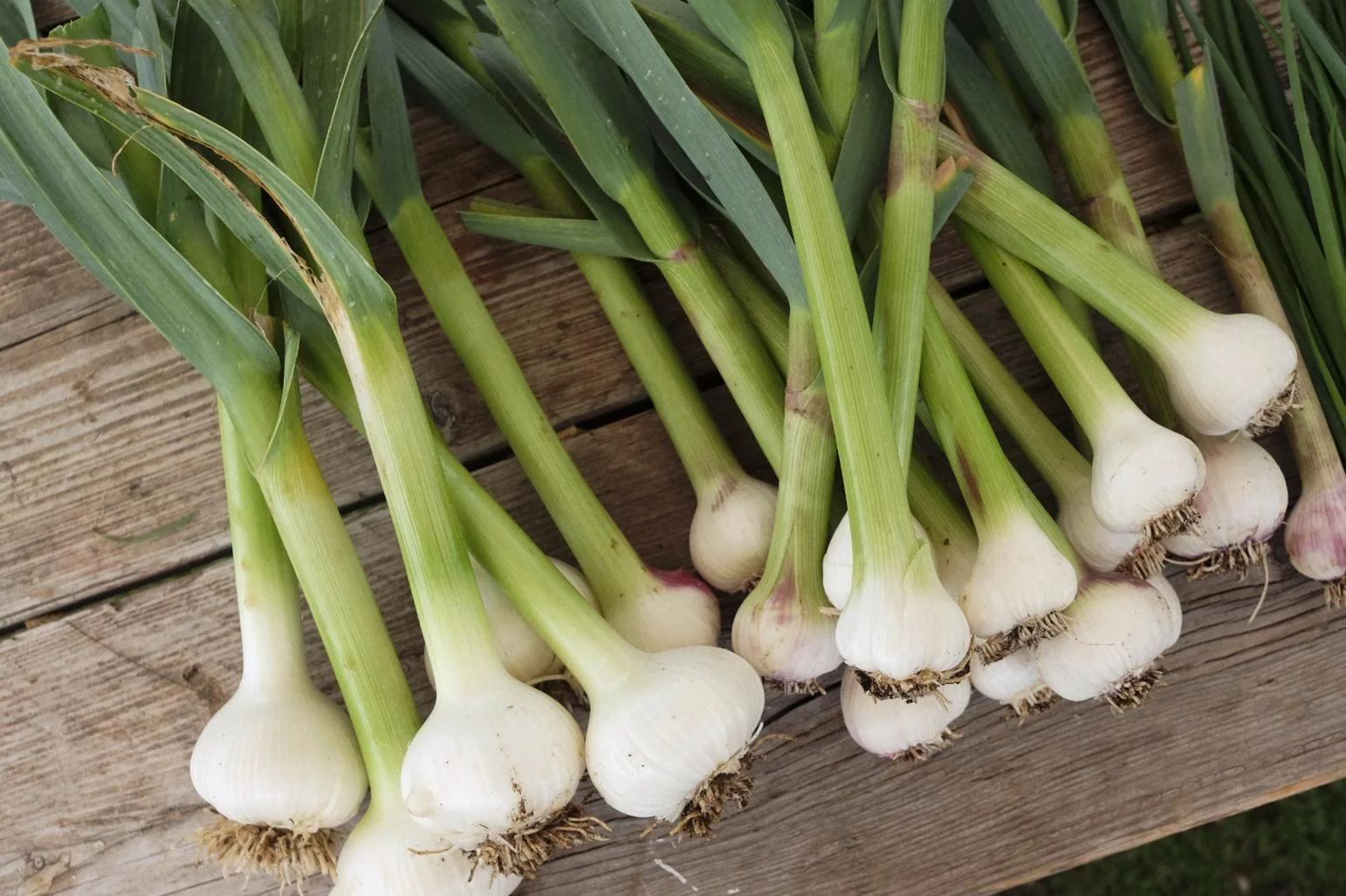

Articles
How To Store Fresh Garlic
Modified: January 9, 2024
Learn the best methods for storing fresh garlic to keep it fresh and flavorful for longer. Check out our informative articles on garlic storage tips and tricks.
(Many of the links in this article redirect to a specific reviewed product. Your purchase of these products through affiliate links helps to generate commission for Storables.com, at no extra cost. Learn more)
Introduction
Garlic is a versatile ingredient that adds flavor and aroma to a wide range of dishes. Whether you grow your own garlic or purchase it from the local market, knowing how to store fresh garlic properly is essential to keep it fresh for extended periods. Proper storage not only ensures the longevity of garlic but also maintains its flavor and nutritional value.
In this article, we will explore the various methods and best practices for storing fresh garlic. We will discuss the benefits of storing fresh garlic, proper harvesting and curing techniques, selecting the right storage location, preparing garlic bulbs for storage, and the best containers for storing garlic. Additionally, we will explain how to store garlic in the pantry or kitchen, in the refrigerator, and in the freezer. Finally, we will offer tips for proper handling and maintenance of stored garlic.
By following the guidelines provided in this article, you will be able to maximize the shelf life of your fresh garlic, ensuring that you always have this flavorful ingredient on hand for your favorite recipes.
Key Takeaways:
- Maximize the flavor and shelf life of fresh garlic by following proper harvesting, curing, and storage techniques. From selecting the right storage location to choosing suitable containers, these methods ensure your garlic stays fresh and ready to enhance your favorite recipes.
- Whether it’s the pantry, kitchen, or freezer, there’s a perfect storage solution for your fresh garlic. By understanding the benefits of each method and following proper handling practices, you can enjoy the convenience and versatility of this flavorful ingredient for an extended period.
Read more: How To Store Fresh Peeled Garlic
Benefits of Storing Fresh Garlic
Storing fresh garlic properly offers several benefits, from preserving its flavor to extending its shelf life. Let’s take a closer look at the key advantages of storing fresh garlic:
- Preserves Flavor: Freshly harvested garlic has a strong and vibrant flavor. By storing it properly, you can maintain that fresh taste for a longer period, ensuring that your dishes are always infused with the distinct garlic flavor.
- Extends Shelf Life: Garlic bulbs have a limited shelf life. However, by storing them correctly, you can significantly extend their longevity. This allows you to stock up on garlic when it’s plentiful and keep it on hand for months.
- Nutritional Value: Garlic is known for its numerous health benefits, including antioxidant properties and immune-boosting abilities. Proper storage helps to maintain its nutritional value, ensuring that you can enjoy the maximum benefits of this superfood.
- Convenience: Storing fresh garlic allows you to have it readily available whenever you need it. This eliminates the need for frequent trips to the grocery store and allows you to cook your favorite garlic-infused recipes at any time.
- Cost-effective: Buying garlic in bulk or harvesting your own can be cost-effective. When stored properly, you can enjoy the benefits of your garlic supply for an extended period, reducing the need for frequent purchases.
- Cooking Flexibility: Having fresh garlic on hand gives you the freedom to experiment with different recipes and cuisines. Whether you’re making a classic Italian pasta dish or a spicy Asian stir-fry, having stored garlic ensures you always have a crucial ingredient available.
By understanding the benefits of storing fresh garlic, you can make the most out of this versatile ingredient and enhance your culinary experience.
Proper Harvesting and Curing
The first step in ensuring that your garlic stays fresh during storage is to harvest and cure it properly. Here are some key steps to follow:
- Timing: Harvest garlic when the foliage starts to turn yellow and a few lower leaves have already dried out. This indicates that the bulbs are mature and ready for harvest.
- Harvesting: Carefully dig up the garlic bulbs using a garden fork or a shovel. Be gentle to avoid damaging the bulbs.
- Cleaning: Brush off any excess soil from the bulbs. Avoid washing them as it can promote moisture retention, which is not ideal for storage.
- Cutting: Trim the garlic tops, leaving about an inch of the stem attached to the bulb. This helps prevent excessive moisture loss during the curing process.
- Curing: Curing is the process of allowing the garlic bulbs to dry out, which helps reduce moisture content and enhances storage life. Hang the garlic bulbs in a well-ventilated, shady area with good airflow. Avoid exposing them to direct sunlight, as it can cause the bulbs to dry out too quickly.
- Duration: Let the garlic cure for about 2 to 3 weeks. During this time, the outer layers will dry and the bulbs will become firm.
Proper harvesting and curing prepare the garlic bulbs for long-term storage. These steps help to remove excess moisture and ensure that the bulbs are in optimal condition for preserving their flavor and freshness.
Selecting the Right Storage Location
Choosing the right storage location for your fresh garlic is essential to maintain its quality and prevent spoilage. Here are some factors to consider when selecting a storage area:
- Cool Temperature: Garlic prefers cool temperatures for proper storage. Optimal temperatures range between 55°F and 65°F (13°C and 18°C). Avoid storing garlic in areas that are too warm, such as near stoves or heaters, as it can cause sprouting and spoilage.
- Avoid Direct Light: Keep garlic away from direct sunlight. Exposure to light can cause the bulbs to sprout prematurely and lose their flavor.
- Adequate Ventilation: Good airflow is crucial for storing garlic. Choose a storage location with proper ventilation to prevent moisture buildup, which can lead to rotting.
- Absence of Moisture: Garlic bulbs should be stored in a dry environment. Moisture can promote the growth of mold and bacteria, leading to spoilage.
- Away from Strong Odors: Garlic can absorb strong odors from other foods, so it’s important to store it away from items with pungent smells. This helps maintain the integrity of its flavor.
Ideal storage locations for fresh garlic include the pantry, cellar, or any cool, dark, and well-ventilated area in your home. Avoid storing garlic in the refrigerator, as the cold temperature and high humidity can cause it to become rubbery and lose flavor.
By selecting the right storage location, you can create the optimal environment for your fresh garlic, ensuring that it stays fresh, flavorful, and ready to use for an extended period.
Preparing Garlic Bulbs for Storage
Before you store fresh garlic bulbs, it’s important to properly prepare them to maximize their shelf life and maintain their quality. Follow these steps to prepare garlic bulbs for storage:
- Inspect and Sort: Carefully examine each garlic bulb, discarding any with signs of damage, soft spots, or mold. Sort the bulbs based on their size and quality.
- Remove Excess Dirt: Remove any remaining dirt or debris on the bulbs by gently brushing them with a soft-bristled brush or wiping them with a dry cloth. Avoid washing the bulbs, as excessive moisture can lead to spoilage.
- Leave the Papery Skin Intact: The dry, papery skin that surrounds the garlic bulbs acts as a protective layer. Avoid peeling it off, as it helps to prevent moisture loss and preserve the garlic’s freshness.
- Trim the Roots: Trim off the roots close to the base of the bulb using clean garden shears or scissors. Be careful not to remove too much, as it can lead to moisture loss.
- Inspect the Stems: Ensure that the stems are dry, firm, and intact. If any stems appear wilted or soft, trim them off close to the bulb.
- Allow the Bulbs to Cure: After preparing the bulbs, allow them to continue curing in a well-ventilated area for another week or two. This additional time helps further dry out the bulbs and enhances their shelf life.
By properly preparing garlic bulbs for storage, you can ensure that they are in optimal condition and ready to be stored for an extended period. Taking these steps helps minimize moisture, prevent spoilage, and preserve the freshness and flavor of the garlic.
Read more: How To Store Fresh Garlic Bulbs
Best Storage Containers for Fresh Garlic
Choosing the right storage containers is crucial for preserving the freshness and flavor of fresh garlic. Here are some of the best options for storing garlic:
- Breathable Containers: Garlic needs proper airflow to prevent moisture buildup. Opt for containers made of materials like mesh, woven baskets, or ceramic with small holes to allow for ventilation.
- Paper Bags: Paper bags are an affordable and effective option for storing garlic. They allow for airflow while providing protection from light and excessive moisture.
- Wire Baskets: Wire baskets provide excellent ventilation and can be a stylish addition to your kitchen decor. Ensure that the wires are close enough together to prevent garlic bulbs from falling through.
- Terra Cotta Garlic Keepers: Terra cotta garlic keepers are designed specifically for storing garlic. The porous nature of the terra cotta helps regulate moisture and airflow, creating an ideal environment for garlic storage.
- Wooden Containers: Wooden containers, such as bamboo baskets or wooden crates, offer good airflow and help absorb excess moisture. Make sure the containers are clean and dry before storing garlic in them.
- Avoid airtight containers: It’s important to avoid airtight containers, such as plastic bags or sealed containers, as they trap moisture and can cause garlic to spoil quickly.
Regardless of the container you choose, ensure that it is clean and dry before storing garlic. Avoid using containers that previously held strong-smelling foods, as garlic can easily absorb odors.
Remember to store your containers in a cool, dry, and well-ventilated area for optimal garlic preservation. Regularly check the containers for any signs of mold or spoilage, removing any affected cloves to prevent it from spreading.
By selecting the right storage containers, you can maintain the quality of your fresh garlic and enjoy its flavor and aroma for an extended period.
Store fresh garlic in a cool, dry place with good air circulation, such as a pantry or a mesh bag hung in the kitchen. Avoid storing in the refrigerator, as it can cause the garlic to sprout.
Storing Garlic in Pantry or Kitchen
The pantry or kitchen is a convenient and easily accessible location for storing fresh garlic. Here are some steps to follow when storing garlic in your pantry or kitchen:
- Choose a Suitable Container: Select a breathable container, such as a wire basket, paper bag, or a terra cotta garlic keeper. Ensure that the container allows for proper airflow to prevent moisture buildup.
- Prepare the Garlic Bulbs: Before placing the garlic bulbs in the container, make sure they are properly prepared and cured. Remove any excess dirt and trim the roots and stems, but leave the papery skin intact.
- Arrange the Garlic Bulbs: Place the garlic bulbs in the container, ensuring that they are not overcrowded. Avoid stacking the bulbs on top of each other, as it can lead to bruising and increase the chances of moisture retention.
- Store in a Cool and Dry Area: Find a cool and dry spot in your pantry or kitchen to store the garlic container. Avoid areas near stoves, microwaves, or other heat sources that can cause the garlic to spoil.
- Avoid Direct Sunlight: Keep the garlic container away from direct sunlight, as exposure to light can lead to premature sprouting and loss of flavor.
- Regularly Check for Spoilage: Periodically check the garlic bulbs for any signs of mold or spoilage. Remove any affected cloves immediately to prevent it from spreading to the rest of the garlic.
- Rotate the Stock: Use the oldest garlic bulbs first to ensure that you’re always using the freshest ones available. This helps prevent waste and ensures that you’re getting the best flavor from your stored garlic.
Storing garlic in your pantry or kitchen provides easy access to this versatile ingredient for your everyday cooking needs. By following these steps, you can ensure that your garlic stays fresh, flavorful, and ready to use whenever you need it.
Storing Garlic in the Refrigerator
While storing fresh garlic in the refrigerator is not ideal, it can be an option if you have limited storage space in your pantry or kitchen. Here are some guidelines to follow when storing garlic in the refrigerator:
- Prepare the Garlic Bulbs: Make sure the garlic bulbs are properly prepared and cured before storing them. Remove any dirt, trim the roots and stems, and leave the papery skin intact.
- Wrap in a Paper Towel: Wrap the prepared garlic bulbs loosely in a paper towel to absorb excess moisture and help prevent sprouting. A damp paper towel can also be used if necessary, but be careful not to make it too wet.
- Place in a Perforated Bag: Put the wrapped garlic bulbs in a perforated plastic bag or a loosely tied plastic bag with small holes. This allows for some airflow while still maintaining a slightly more humid environment than the rest of the refrigerator.
- Store in the Vegetable Drawer: Place the bag of garlic bulbs in the vegetable drawer or the coldest part of your refrigerator. This helps maintain a consistent temperature and minimizes exposure to light.
- Rotate the Stock: Check the bag periodically for any signs of mold or spoilage. Remove any affected cloves promptly to prevent it from spreading.
- Use Stored Garlic Within a Few Weeks: Garlic stored in the refrigerator may not last as long as garlic stored in a cool, dry environment. It is recommended to use the garlic within a few weeks to ensure optimal freshness and flavor.
It’s important to note that storing garlic in the refrigerator can cause the cloves to become rubbery and lose some of their flavor. Hence, it’s best to consider alternative storage options such as the pantry or kitchen, which provide a more suitable environment for preserving the quality of fresh garlic.
If refrigerator storage is necessary, be mindful of the garlic’s shelf life and aim to use it within a reasonable time frame to enjoy the best flavor and texture.
Storing Garlic in the Freezer
Freezing fresh garlic is a convenient method to prolong its shelf life while preserving its flavor and aroma. Here are the steps to properly store garlic in the freezer:
- Peel and Chop: Begin by peeling the garlic cloves. Then, finely chop or mince the garlic according to your preference. Alternatively, you can also use a garlic press to crush the cloves.
- Portion and Wrap: Divide the chopped or minced garlic into small portions that you can conveniently use in recipes. Wrap each portion tightly in plastic wrap or place it in an airtight freezer bag. Ensure there is minimal air trapped inside to prevent freezer burn.
- Label and Date: Label each wrapped portion with the date of freezing to keep track of its freshness. It is recommended to use frozen garlic within six to twelve months for the best flavor.
- Freeze: Place the wrapped portions of garlic in the freezer, ensuring they are arranged in a flat position to maximize freezer space. Allow them to freeze completely before stacking or storing them together.
- Use as Needed: Whenever a recipe calls for garlic, remove the desired portion from the freezer and use it directly. Frozen garlic can be added to dishes without thawing, as its small pieces break up quickly during cooking.
- Proper Sealing: After using a portion of frozen garlic, reseal the remaining portion tightly and promptly return it to the freezer. This prevents moisture and freezer odors from affecting the quality of the remaining garlic.
Freezing garlic is an excellent option for storing it long-term while retaining its flavor. However, keep in mind that frozen garlic may have a slightly different texture compared to fresh garlic. It works best in cooked dishes rather than as a raw seasoning.
By following these steps, you can conveniently store garlic in the freezer and have it readily available for your culinary needs whenever required.
Read more: How To Store Fresh Garlic Cloves
Proper Handling and Maintenance of Stored Garlic
Proper handling and maintenance of stored garlic are essential to ensure its longevity and retain its quality. Follow these guidelines to keep your stored garlic in optimal condition:
- Avoid Excessive Handling: Handle stored garlic with care to avoid bruising or damaging the bulbs. Rough handling can lead to the introduction of moisture and increase the chances of spoilage.
- Regularly Check for Spoilage: Periodically inspect the stored garlic for any signs of mold, soft spots, or sprouting. Remove any affected bulbs or cloves immediately to prevent the spread of the issue.
- Keep Away from Moisture: Moisture is the enemy of stored garlic. Ensure that the storage area remains dry and well-ventilated, as excess moisture can lead to mold growth and spoilage. If you notice any condensation on the container or garlic bulbs, take necessary measures to address the issue.
- Monitor Temperature: Maintain the recommended storage temperature for garlic, typically between 55°F and 65°F (13°C and 18°C). Fluctuations in temperature, especially exposure to high heat, can accelerate spoilage.
- Avoid Storing with Certain Foods: Garlic has a strong aroma and can impart its scent on nearby foods. To preserve the flavors of other ingredients, avoid storing garlic alongside items that might be affected by its odor.
- Rotate and Use Wisely: Regularly rotate your stock of stored garlic, using the older bulbs first. This helps ensure that you’re utilizing the garlic before it starts to deteriorate in quality.
- Store Bulbs and Cloves Separately: If you have separate cloves or peeled garlic, store them in different containers. This helps prevent the cloves from absorbing moisture or odors from the peeled garlic.
- Avoid Freezing Previously Thawed Garlic: Once frozen garlic has been thawed, it’s not advisable to refreeze it. Thawed garlic tends to lose its texture and flavor, and refreezing can further degrade its quality.
Following these handling and maintenance practices will help extend the shelf life of your stored garlic and ensure that it remains fresh and flavorful for as long as possible.
Conclusion
Knowing how to store fresh garlic properly is essential for any cooking enthusiast or garlic lover. By following the guidelines and best practices outlined in this article, you can ensure that your garlic stays fresh, flavorful, and ready to use for an extended period of time.
Proper harvesting and curing techniques set the foundation for long-term storage. Selecting the right storage location, whether it be the pantry, kitchen, or a well-ventilated cellar, plays a crucial role in maintaining the quality of fresh garlic. Ensure a cool temperature, avoid direct sunlight, and provide adequate ventilation to prevent moisture buildup.
Preparing garlic bulbs by cleaning, trimming, and leaving the papery skin intact helps preserve freshness. Choosing suitable storage containers, such as breathable baskets, paper bags, or terra cotta keepers, allows for proper airflow and protection from excess moisture.
While the pantry or kitchen provides convenient access to garlic, the refrigerator can be used as a temporary storage option, although it may affect the texture. Freezing garlic provides a long-term solution, allowing you to extend the shelf life while preserving the flavor, though some changes in texture may occur.
Proper handling and maintenance of stored garlic, including regular checks for spoilage, avoiding excessive moisture, monitoring temperature, and rotating stock, are necessary to ensure the garlic’s longevity and quality.
By employing these storage techniques and practices, you can enjoy the benefits of fresh garlic in your cooking for an extended period, ensuring that your dishes are always infused with the distinct aroma and flavor that garlic brings.
So, whether you’re growing your own garlic or purchasing it from the market, remember to apply these storage methods to make the most out of your fresh garlic and enhance your culinary experience.
Frequently Asked Questions about How To Store Fresh Garlic
Was this page helpful?
At Storables.com, we guarantee accurate and reliable information. Our content, validated by Expert Board Contributors, is crafted following stringent Editorial Policies. We're committed to providing you with well-researched, expert-backed insights for all your informational needs.
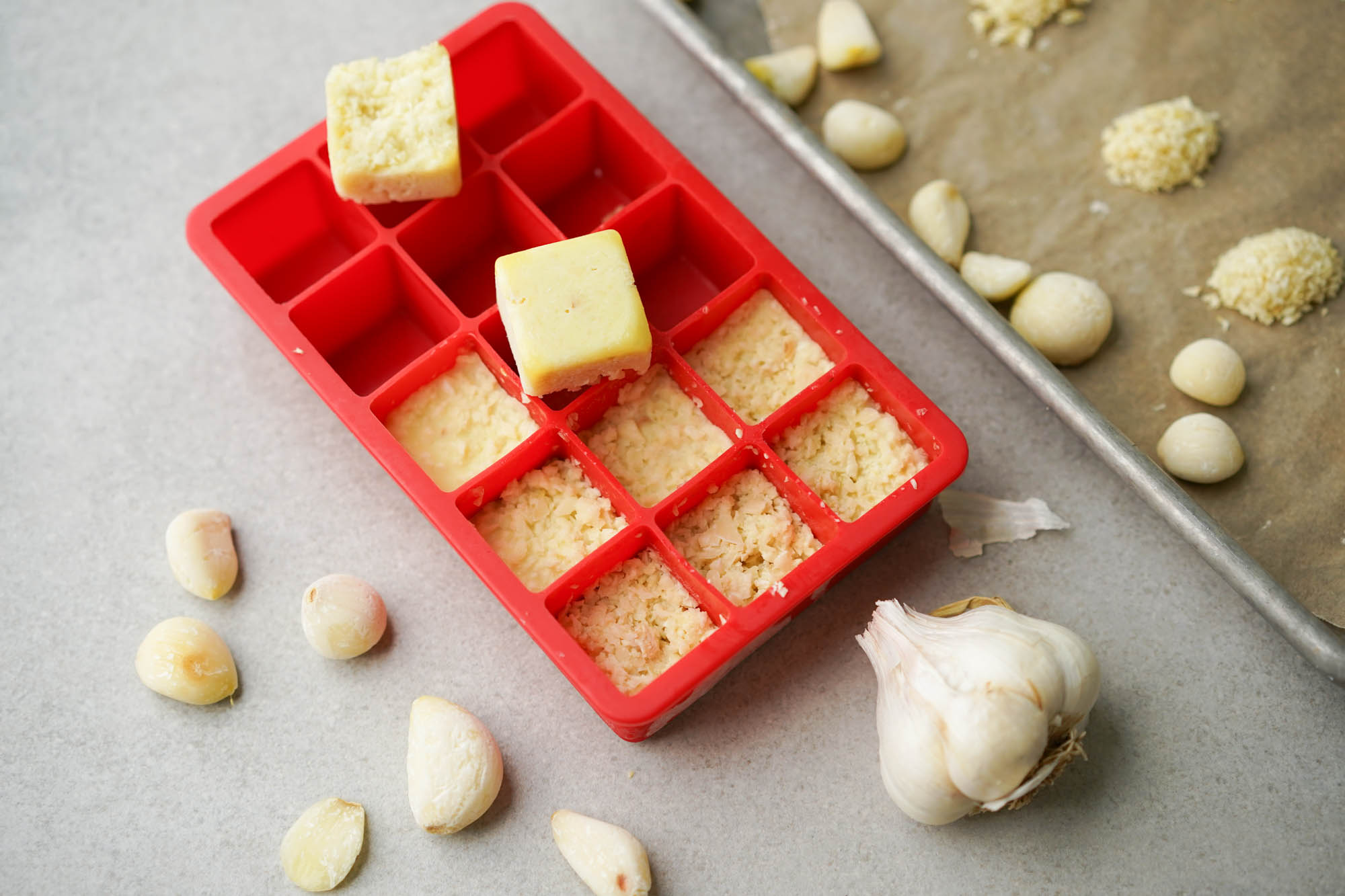
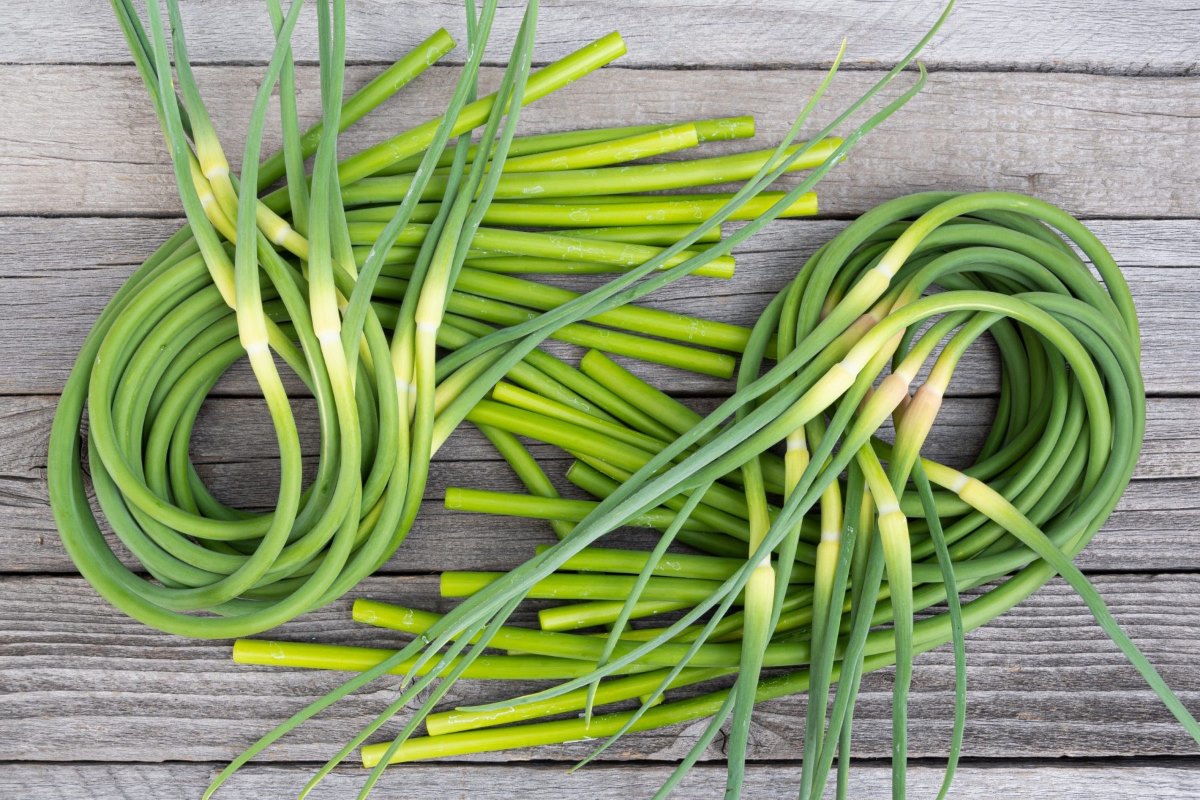
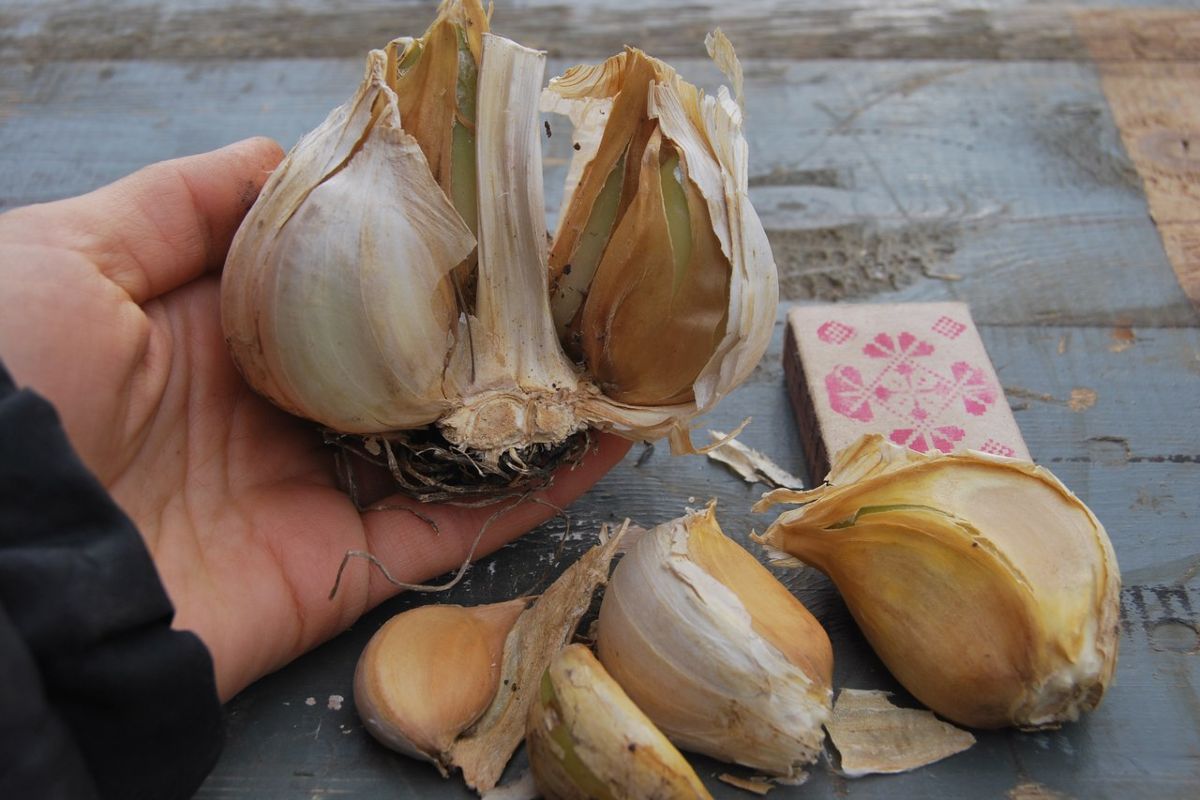
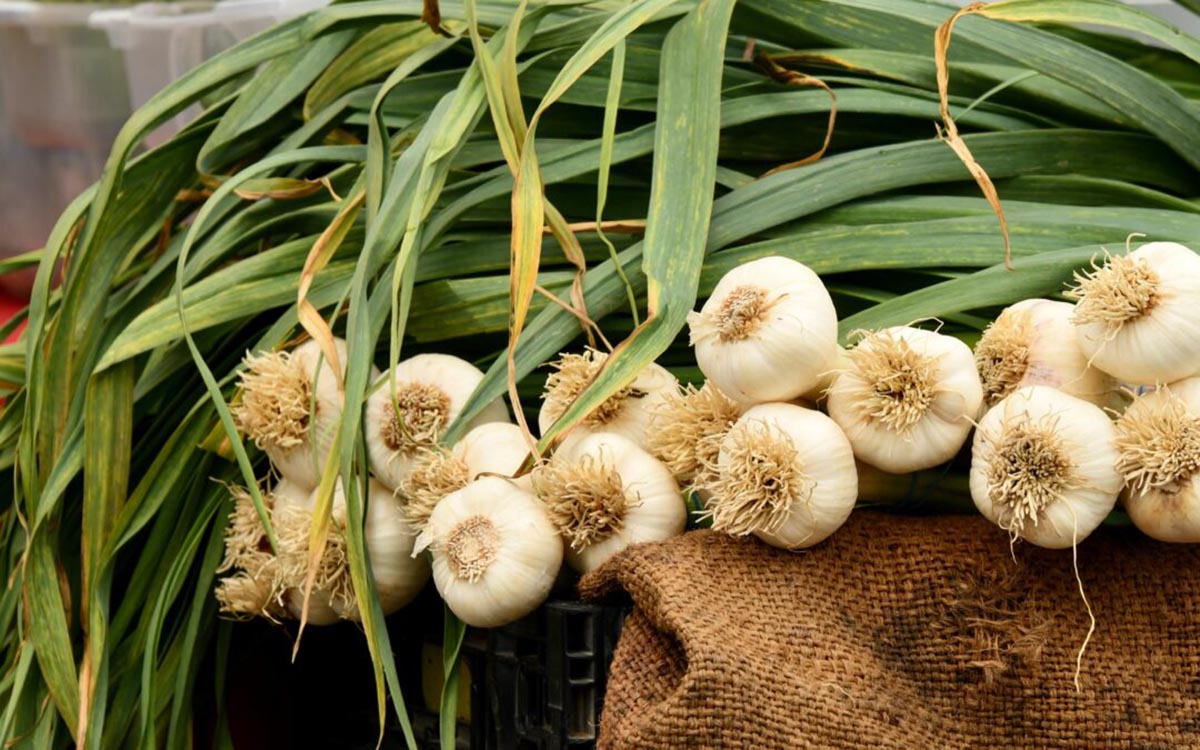
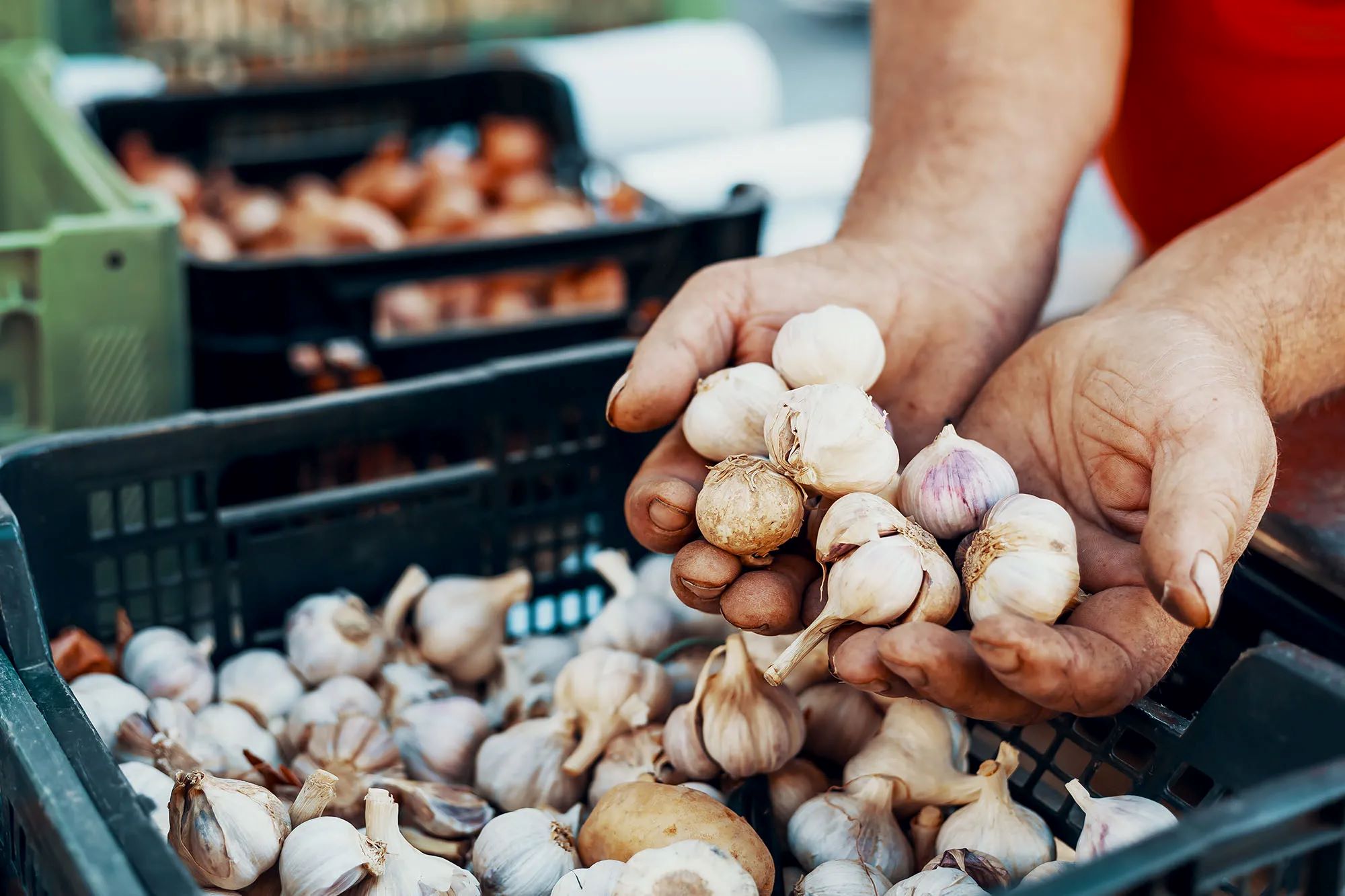
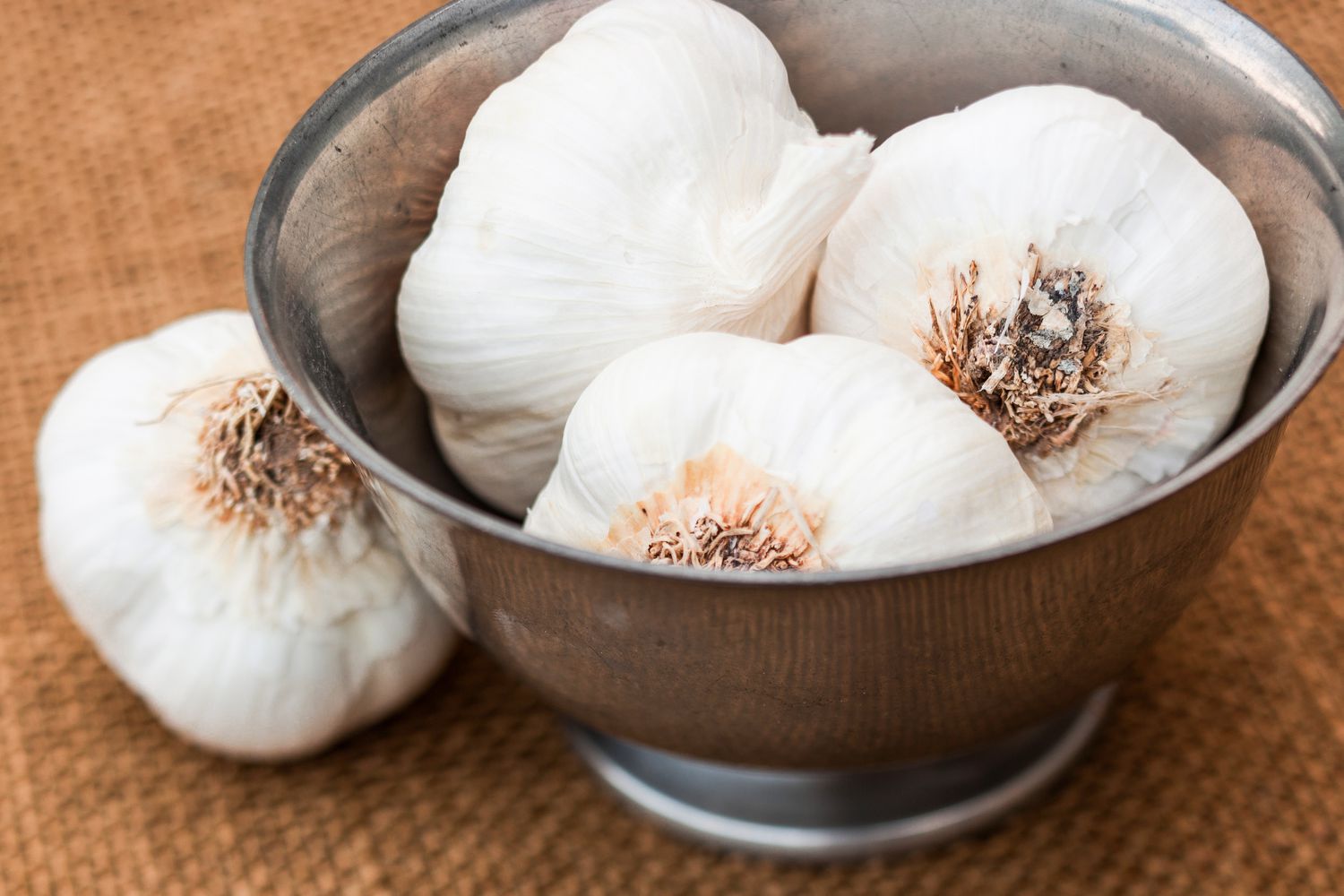
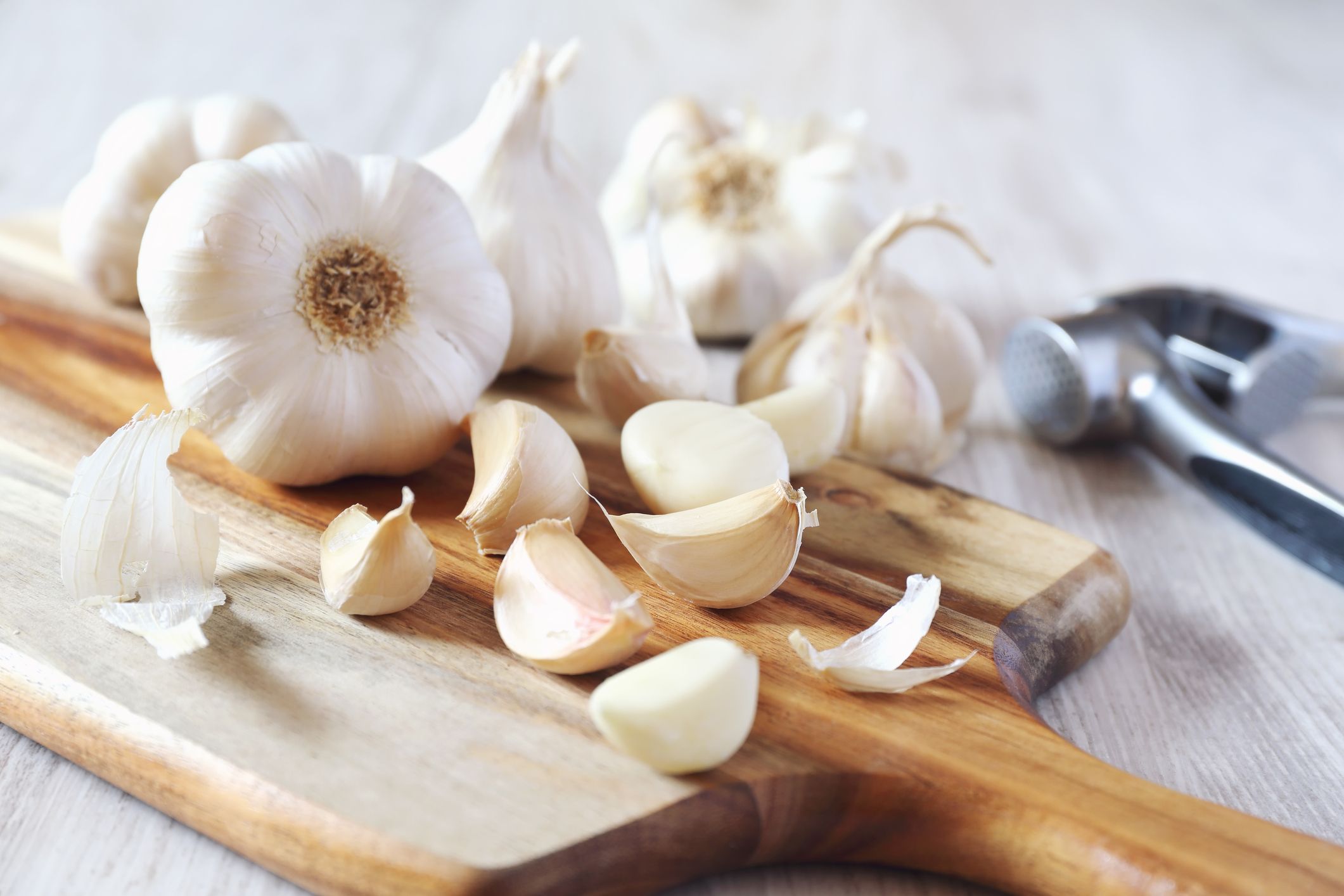
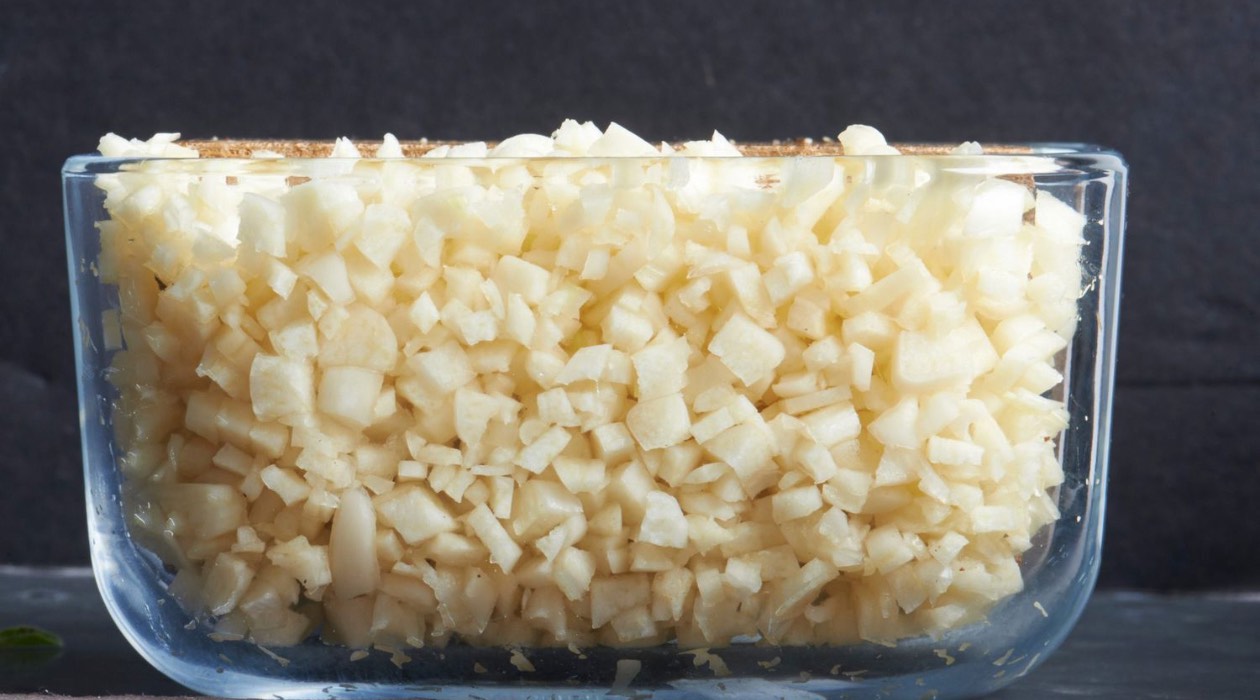
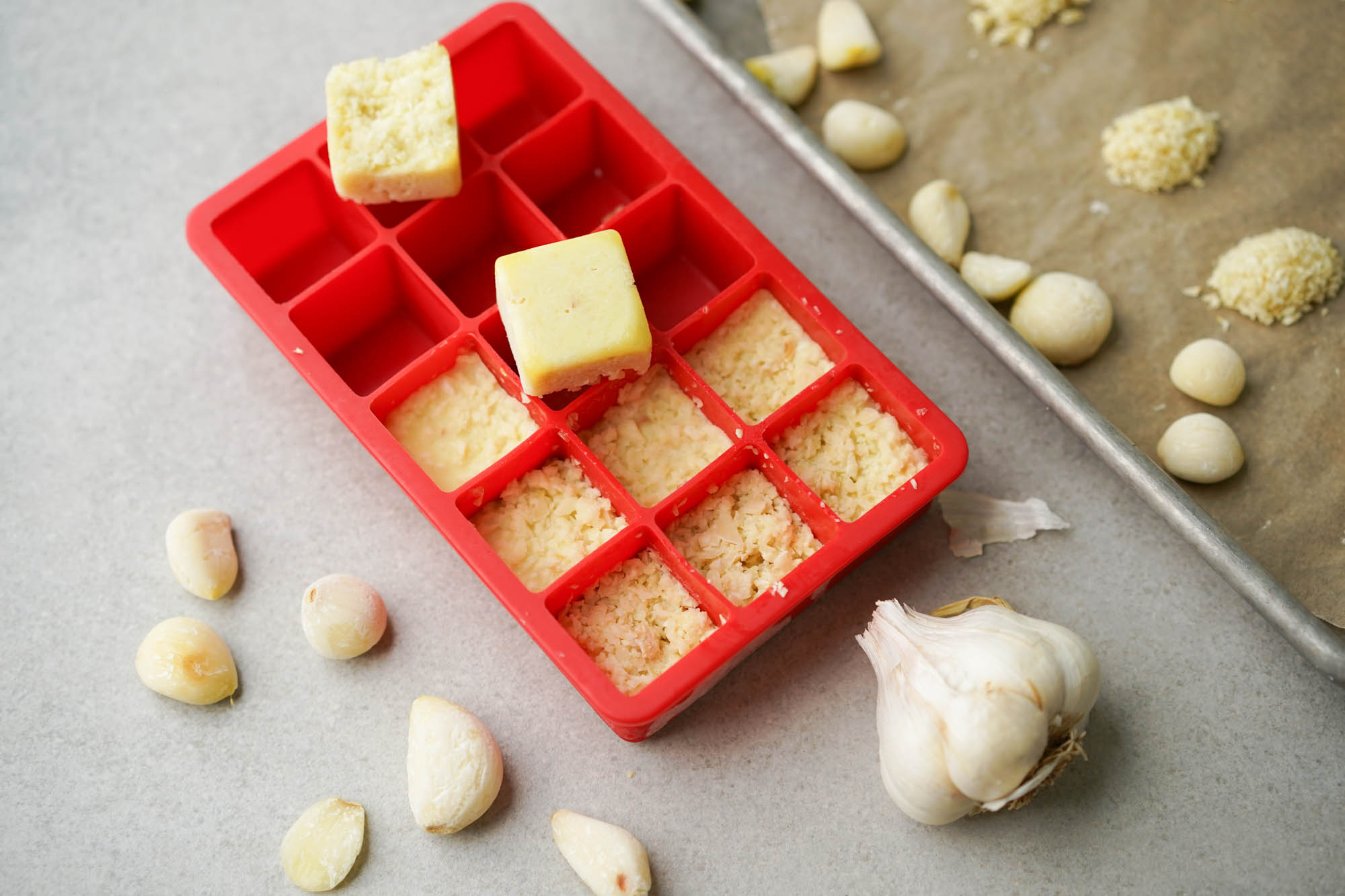
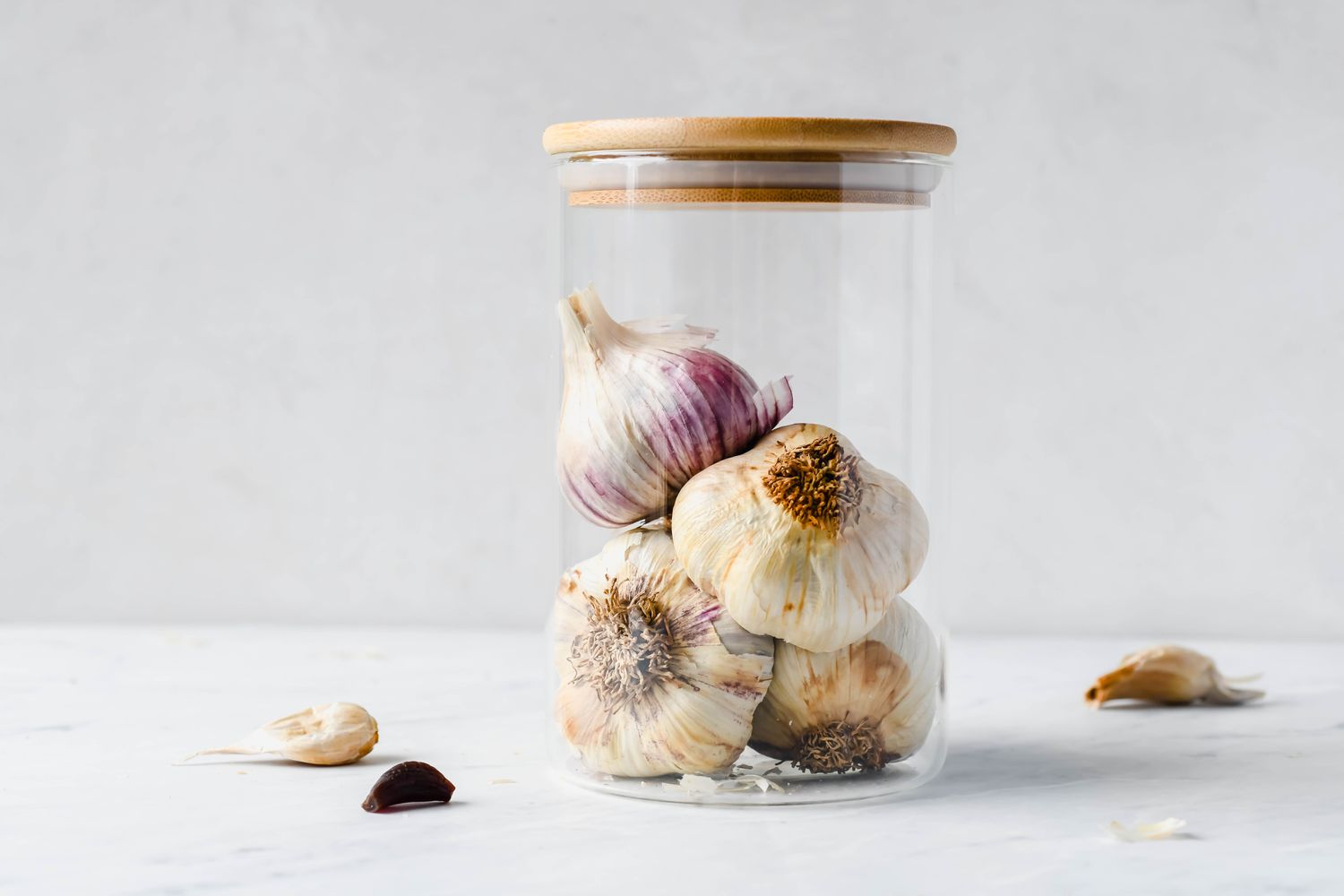
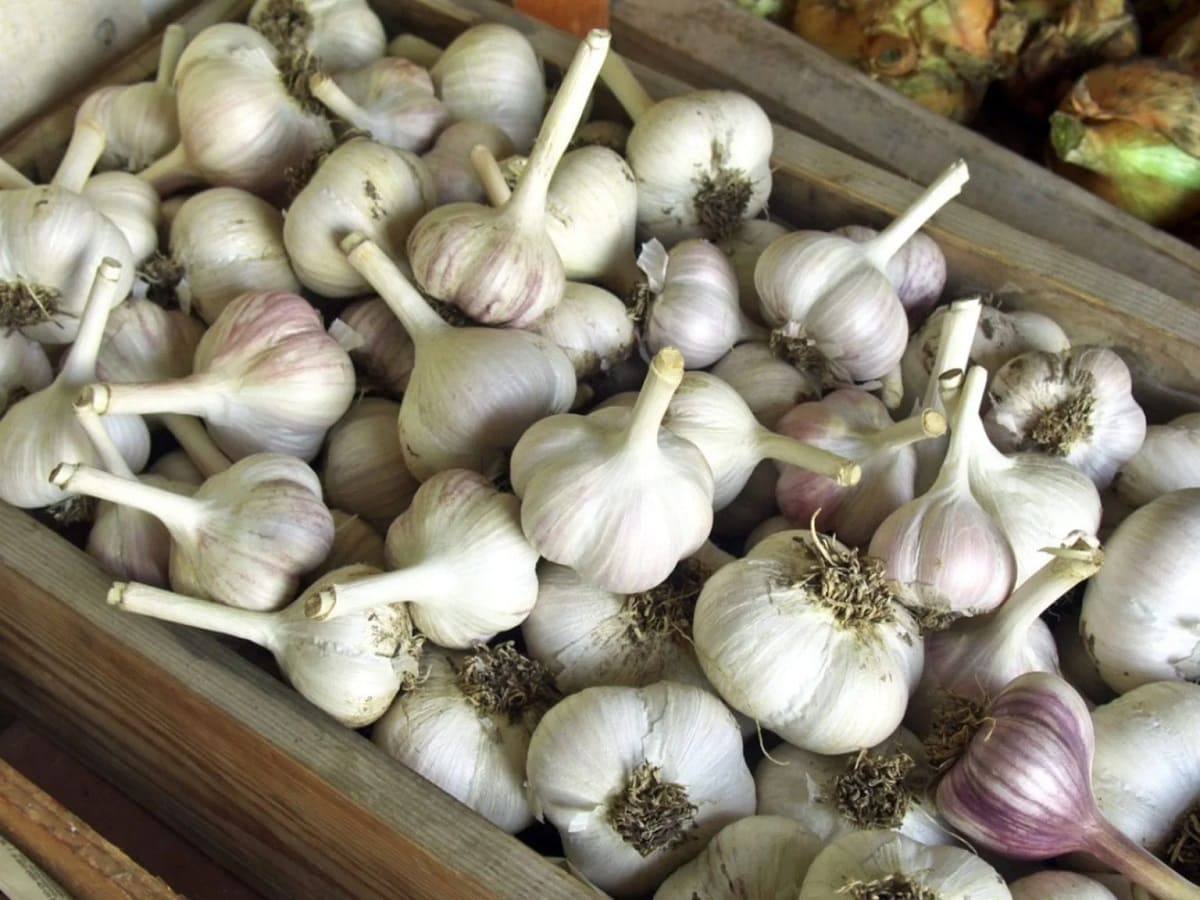
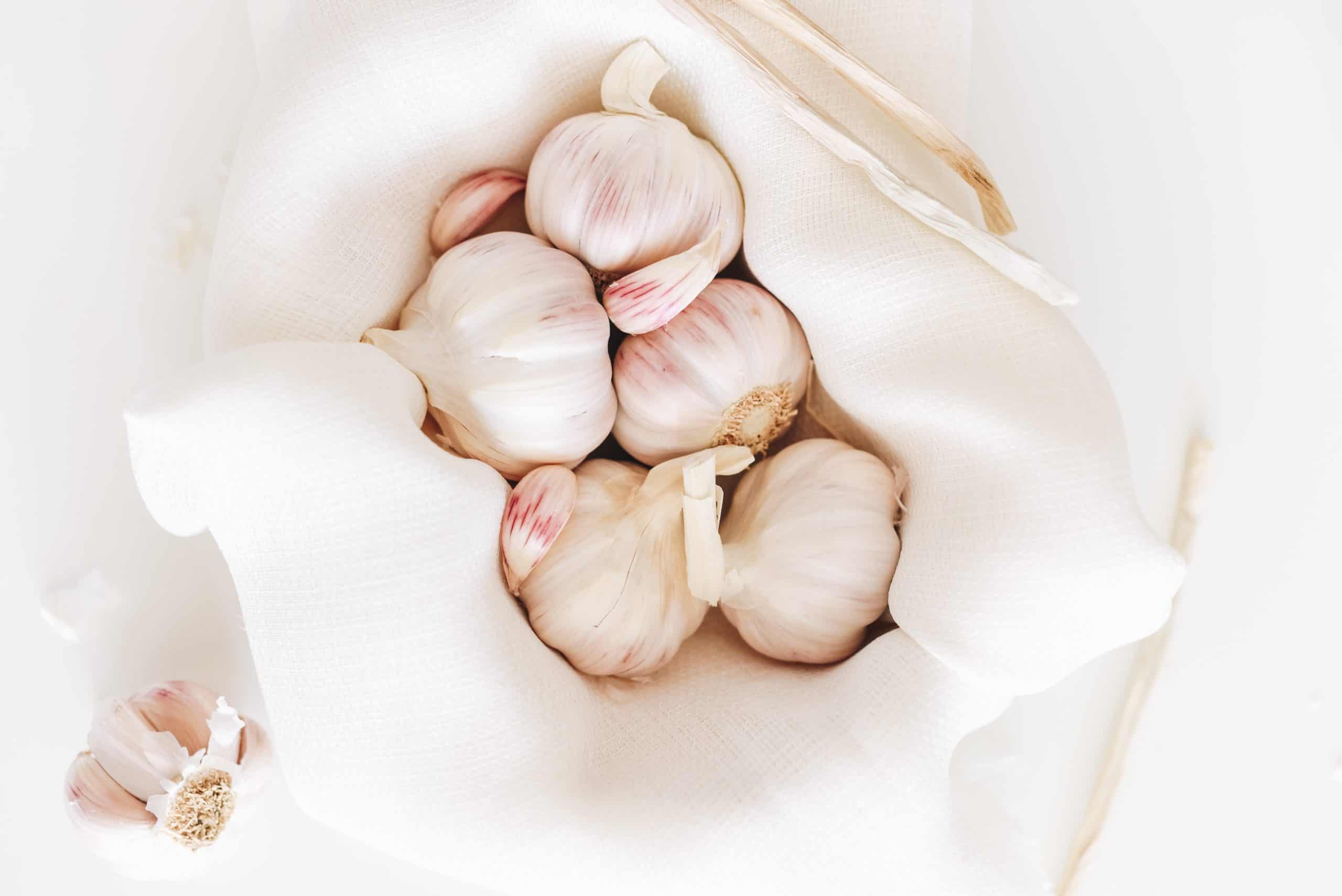
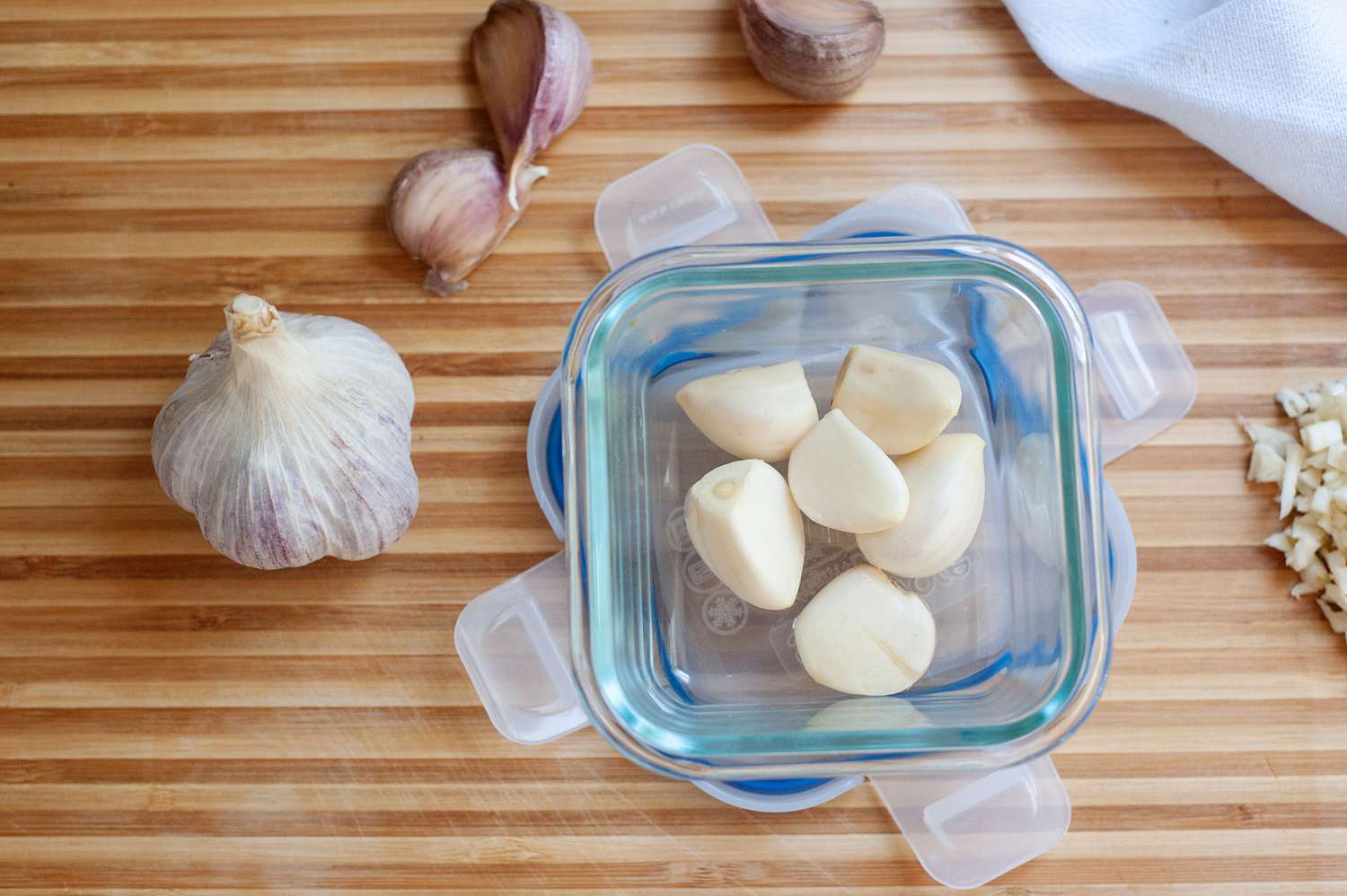

0 thoughts on “How To Store Fresh Garlic”